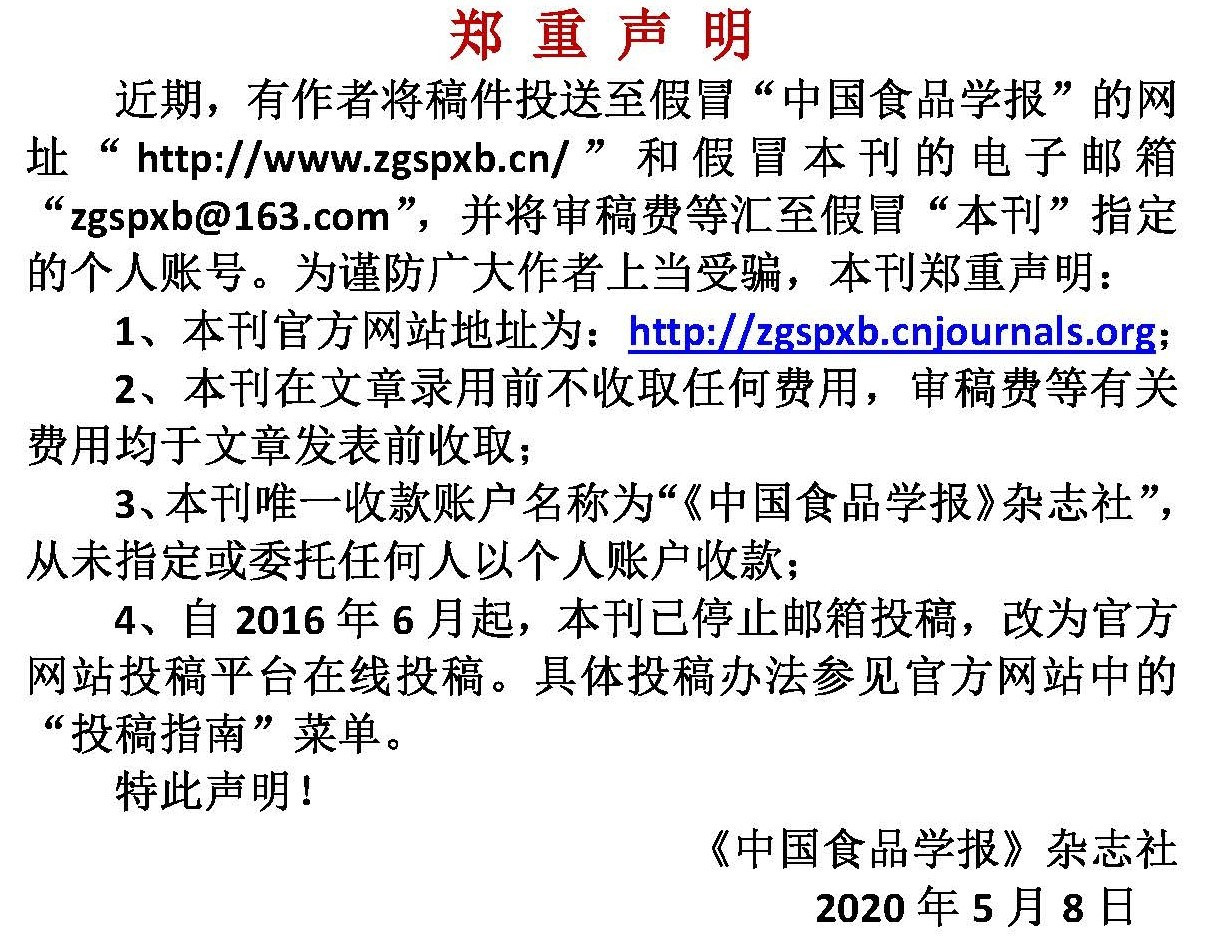GC-MS-AMDIS结合保留指数初探内源酶对西兰花挥发性成分的影响
作者:
作者单位:
作者简介:
通讯作者:
中图分类号:
基金项目:
“十三五”国家重点研发专项(2016YFD0400103);国家自然科学基金面上项目(31571799);辽宁省自然科学基金引导项目(2019-ZD-0724)
Effects of Endogenous Enzyme on the Volatile Component of Broccoli by GC-MS-AMDIS Combined with Retention Index
Author:
Affiliation:
Fund Project:
引用本文
张 旋;白 冰;程顺昌;罗 枫;纪淑娟. GC-MS-AMDIS结合保留指数初探内源酶对西兰花挥发性成分的影响[J].中国食品学报,2020,20(6):278-286
复制分享
文章指标
- 点击次数:
- 下载次数:
- HTML阅读次数:
历史
- 收稿日期:
- 最后修改日期:
- 录用日期:
- 在线发布日期: 2020-07-07
- 出版日期:
版权所有 :《中国食品学报》杂志社 京ICP备09084417号-4
地址 :北京市海淀区阜成路北三街8号9层 邮政编码 :100048
电话 :010-65223596 65265375 电子邮箱 :chinaspxb@vip.163.com
技术支持:北京勤云科技发展有限公司
地址 :北京市海淀区阜成路北三街8号9层 邮政编码 :100048
电话 :010-65223596 65265375 电子邮箱 :chinaspxb@vip.163.com
技术支持:北京勤云科技发展有限公司
